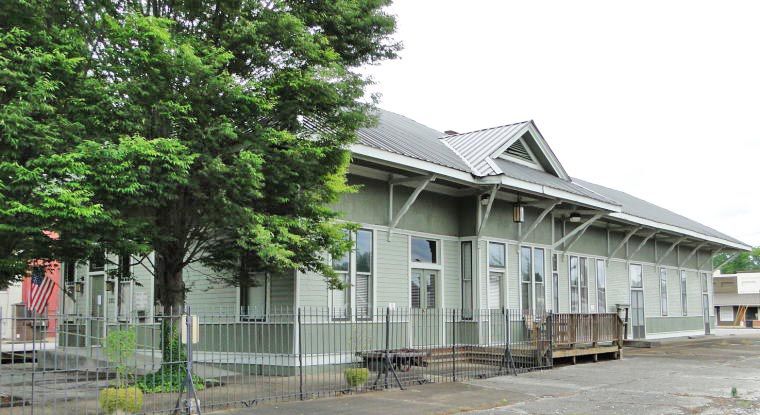Firm projects the future for LCWSA
Published 6:15 am Saturday, December 1, 2018
Members of the Limestone County Water & Sewer Authority got a look Thursday at what the county and its system might look like in 20 years.
Clay Zielinski, an Atlanta-based engineer with Barge Design Solutions, delivered a population and demand projections presentation to the board, which considered what the county could look like in 20 years.
Zielinski said the firm estimated a 2-percent growth rate per year, which is what the county has averaged for the past 50 years.
“We ran the model 5,000 times with a 2-percent growth rate projected for the next 20 years,” Zielinski said. “We took the population away from Athens, which is served by Athens Utilities, and a small sliver of (Limestone-annexed) Madison, which is served by Madison Utilities.”
Currently, Limestone County Water & Sewer Authority serves 65,055 customers. The projection shows that by 2038, the authority will serve 94,722. Once it projected the population, Zielinski said the firm looked at how much water demand that population would have.
“We looked at historical billing demand and (determined on average) how much customers would use per person,” he said. “That’s per capita demand. We multiply that by the population served and get the average water demand for your system.”
The firm also projected which part of the county would experience the most growth, with the eastern part of the county near the interstate expected to grow the most. The western part of the county, in particular the northwest portion, is not expected to have much population growth.
Zielinski said a 20-year projection would help let the water system know if any additional equipment is needed to account for the population growth, especially if there is an explosion of growth in the eastern portion of the county.
“You will start getting close to capacity in 20 years,” he said. “We’ll see if there’s any pressure zone that gets out of capacity, which is something the model will be useful for. When you start adding demand in the east, will the storage tanks and pump stations be able to supply that demand? And if not, what should you do to supply that?”
Board member John Farrar expressed some concern that the 20-year plan might not be accurate by the time 2038 rolls around. He was concerned that the water authority might purchase equipment that would not be needed if projections aren’t accurate.
“What if there is a drought or the population doesn’t increase as much as you thought?” Farrar asked. “I’m afraid that once we get this (additional equipment) in the ground, we may no longer need it.”
Zielinski said he understood Farrar’s point, and the firm does projection revisions every three to five years for that reason.
“You never know what can happen,” Zielinski said. “The next three to five years, you feel pretty good about. But we could have an an economic crash or something else that would affect the projection, so we can revisit it in three to five years, and see if we’re still on the right track. If the projections are off, then we can push things out.”
Water Authority Chief Executive Officer Daryl Williamson said the projection is important in letting the authority know what is coming in the future so they can manage their assets.
“You try to forecast how much water you’re going to need in your system because these capital assets are really expensive and take a long time to build,” Williamson said. “So, you want to try to start looking way in advance to save up enough money or be able to borrow money to build out those assets as they’re needed, because what you don’t want is to run out of capacity.”
Williamson said he was pleased with the projections, and the shape the water authority is currently in.
“By all intents of what we saw today, for the next 20 years we’ll be in good shape,” he said. “But the key to this whole thing is whenever they add that growth into the particular zones of our system, to make sure we can supply water to those zones.”





